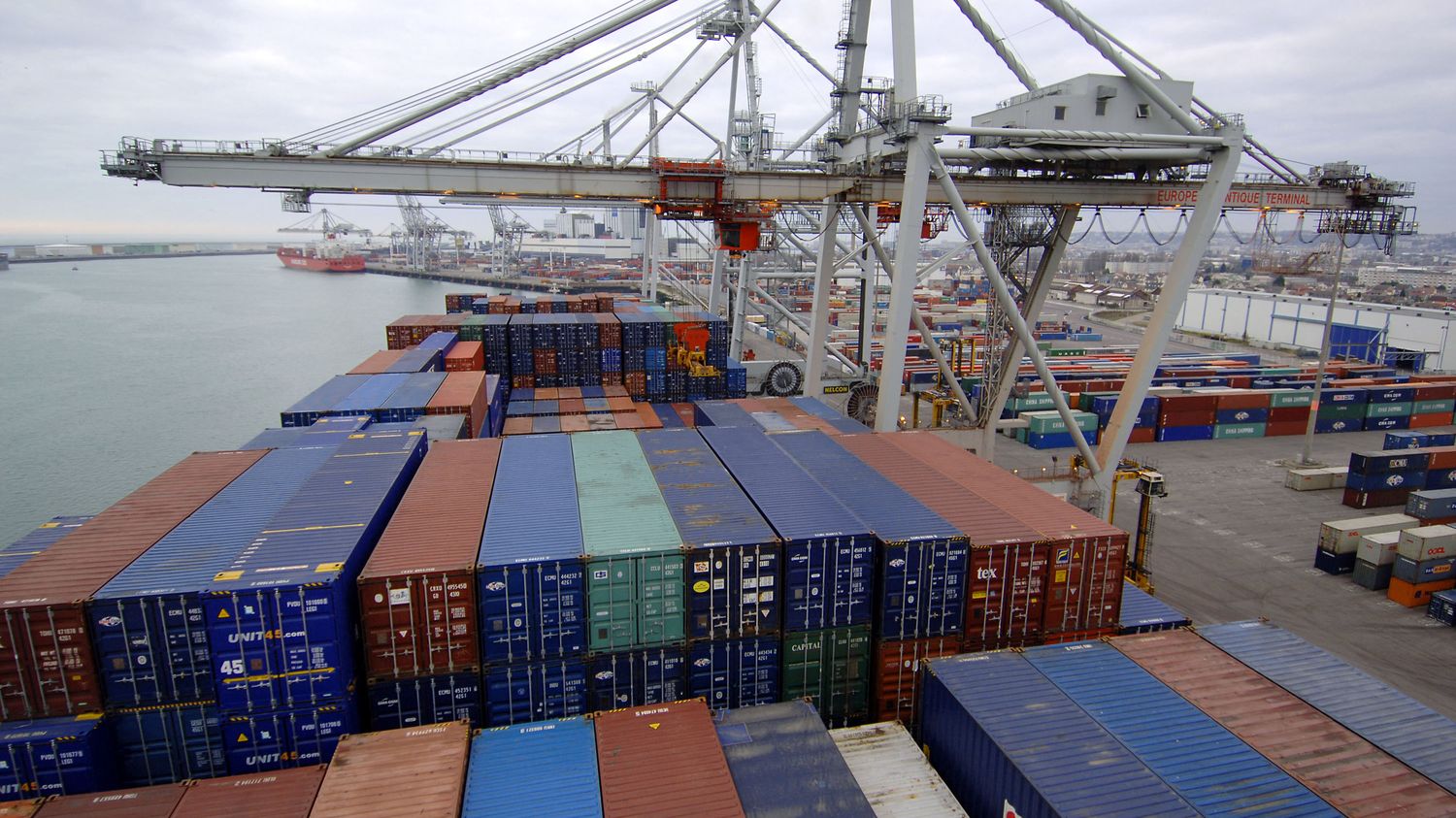According to the latest figures communicated by Customs, France’s trade deficit stands at 99 billion euros. Despite a slight improvement, the trade balance remains one of the weak points of the country’s economy.
Published
Reading time: 2 min

The trade balance is still very negative this year, since we import many more goods than we export. The country has suffered from this deficit for around twenty years, chronically, because when we export our products abroad, money enters France, when we import goods, we send the money out. .
According to data from Customs, the cost of our imports has precisely reached 99.6 billion euros in 2023. This is the second largest trade deficit in history, behind the abysmal one recorded in 2022, at 164 billion euros . And the real explanation for the 2023 recovery is the decline in the prices of the energy that we imported to ensure our production.
Cyclical and non-structural improvement
It is therefore mainly a “cyclical” and not a “structural” improvement. It is linked to circumstantial conditions and not to the political and technical means given to our industry. However, it is these means that would allow France to regain its rank as an exporting power.
The shift occurred in 2002: until that date, we exported more than we imported. The causes identified go back at least thirty years, with the progressive deindustrialization of France. The shift towards a service economy has moved our heavy industry to areas with lower labor costs. And our large groups are now established where their markets are. These French multinationals therefore do not export, they produce locally.
The secret of internationalized SMEs/ETIs
The big problem is at the level of SMEs and ETIs (mid-sized companies): they are not powerful enough, not equipped enough, not financially armed enough, not given enough tax assistance, to win international markets. Germany is an exporting power thanks to its “Mittelstand”: territories made up of highly internationalized family SMEs and mid-sized companies. These territories thus constitute a “middle class” of very dynamic companies, like other European countries which display trade surpluses such as Belgium and Italy, for example.
